SEARCH


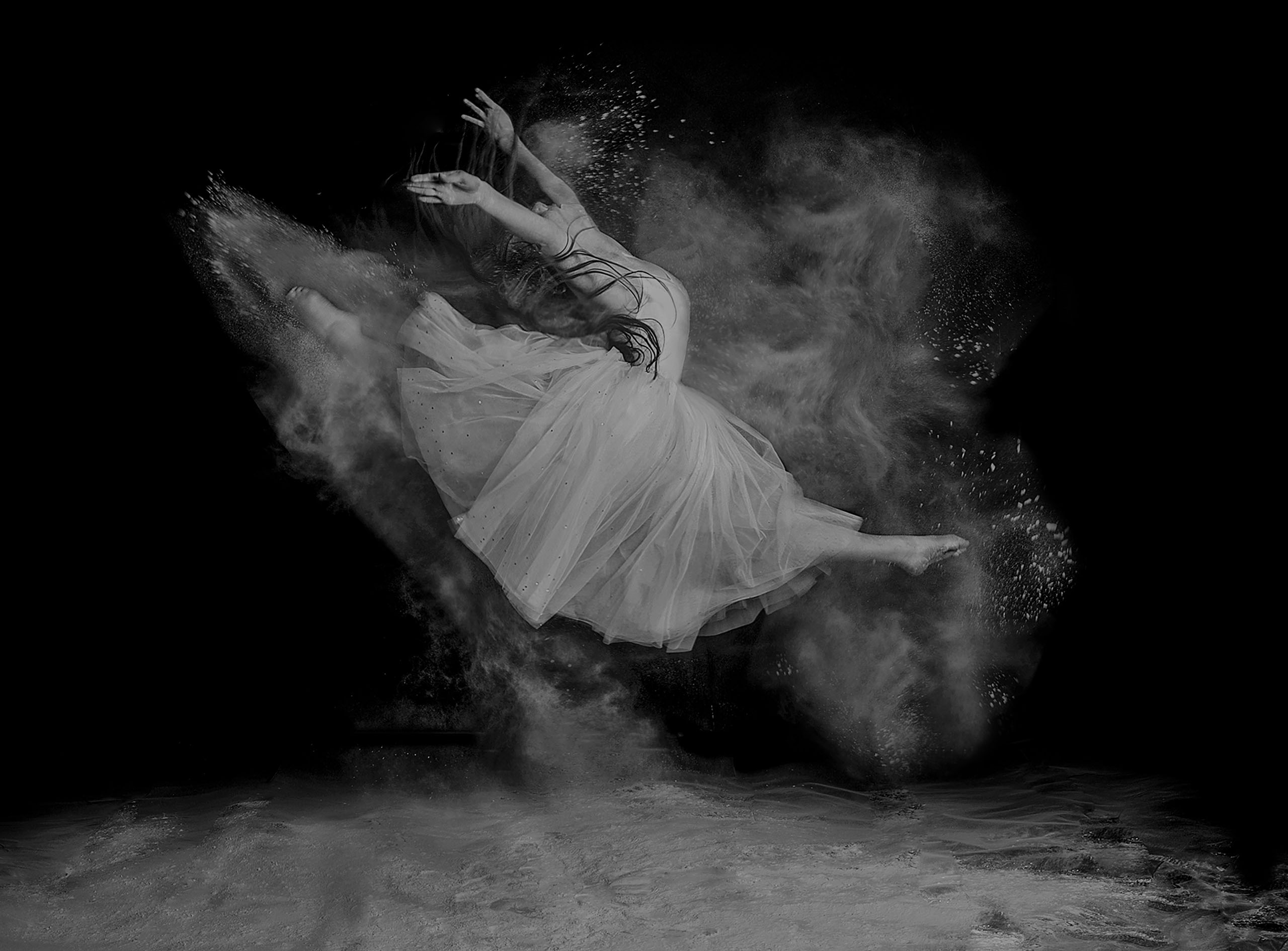
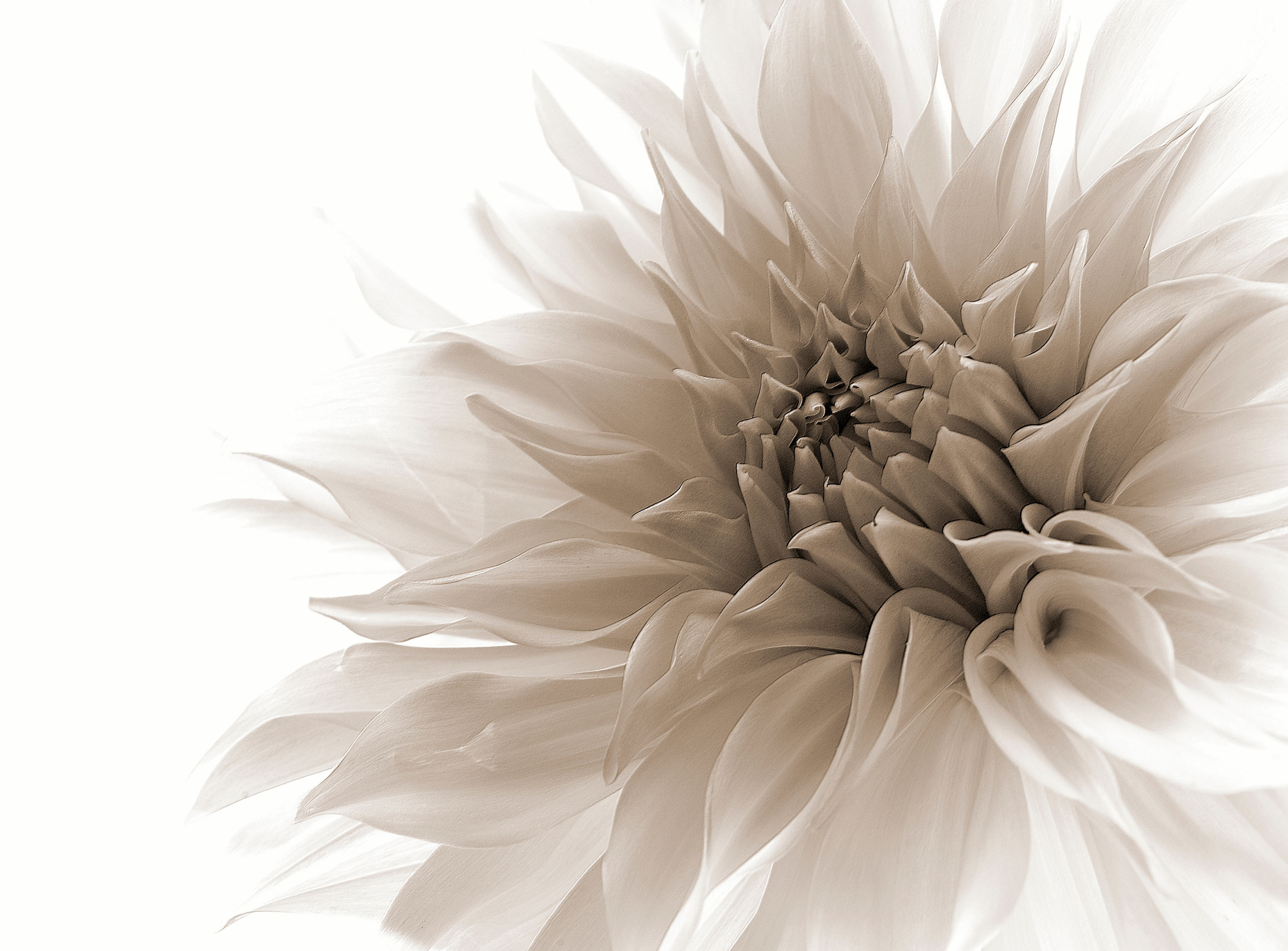
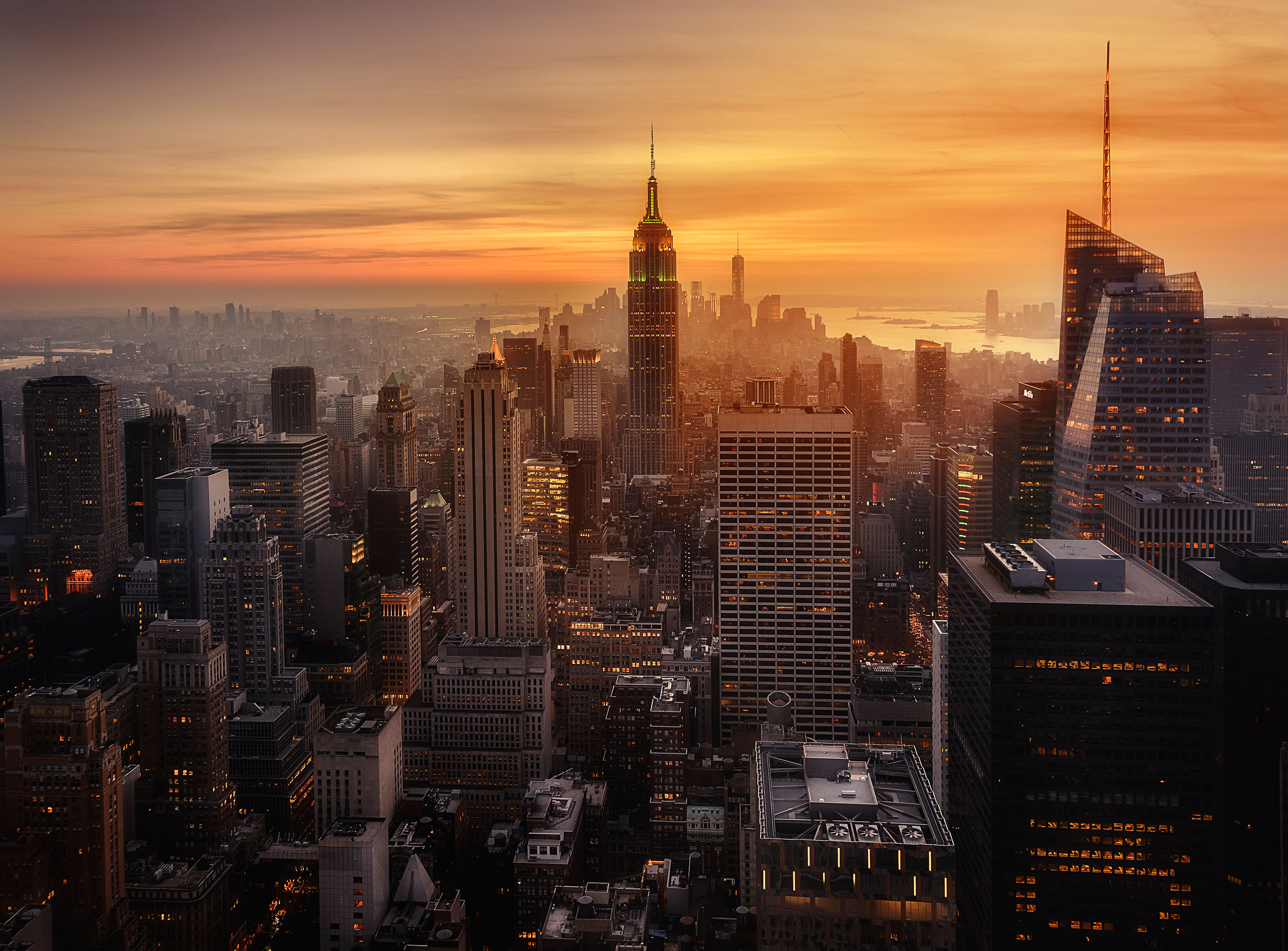
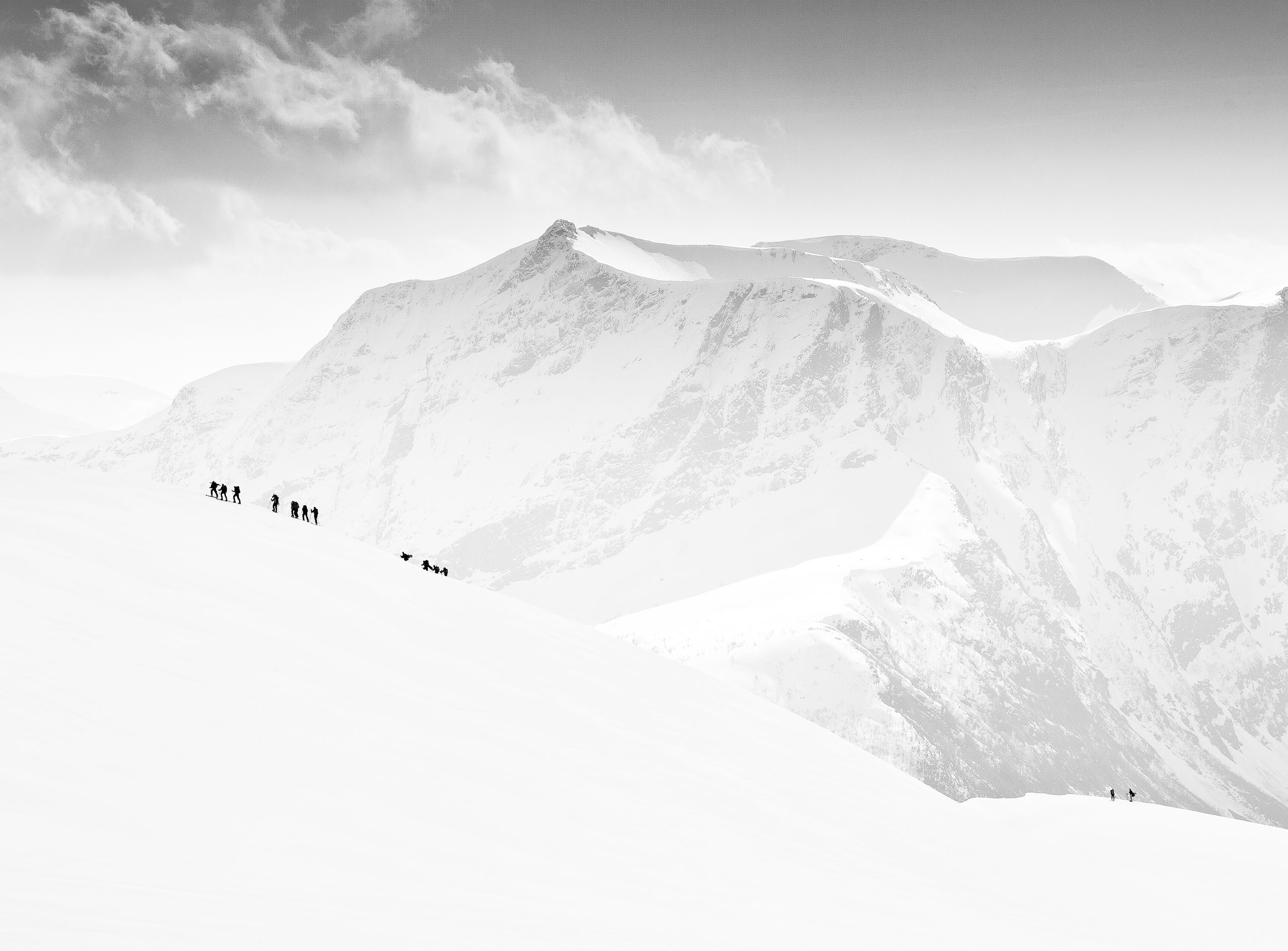
|
|
|
|


by Yvette Depaepe
Published the 22nd of April 2024
Katy Gomez Catalina loves to travel and discover people's cultures and traditions. She quotes : Photography has accompanied me on my journey through life for more than four decades. I use my camera as a tool that connects me more and better with the world. Photography is the only means of expression that forever fixes a precise and fleeting moment. Pressing the shutter is not a merely mechanical act, you are also touching your inner self, your perception of the subjects and your conception of what surrounds you, and that is why your photos are as personal as your DNA.
Let's enjoy our journey with her through this interview.
'Luces de amanecer'
Dear Katy, please introduce yourself shortly and tell us more about you, your hobbies or other projects you are involved in!
I was born in Úbeda, Spain. I am PhD in Veterinary Medicine and a passionate photographer. I currently work as a Public Health Veterinarian at the Health Council of the Junta de Andalucía. A long time ago I found that photography made my life more happy and complete. My camera became my tool to connect with my surroundings in a vital way that I enjoy. Travelling is the common link in all my work. The camera is an inseparable travel companion via which I narrate my journey just as a writer would keep his diary. I also feel deeply seduced by the human element.
'The look'
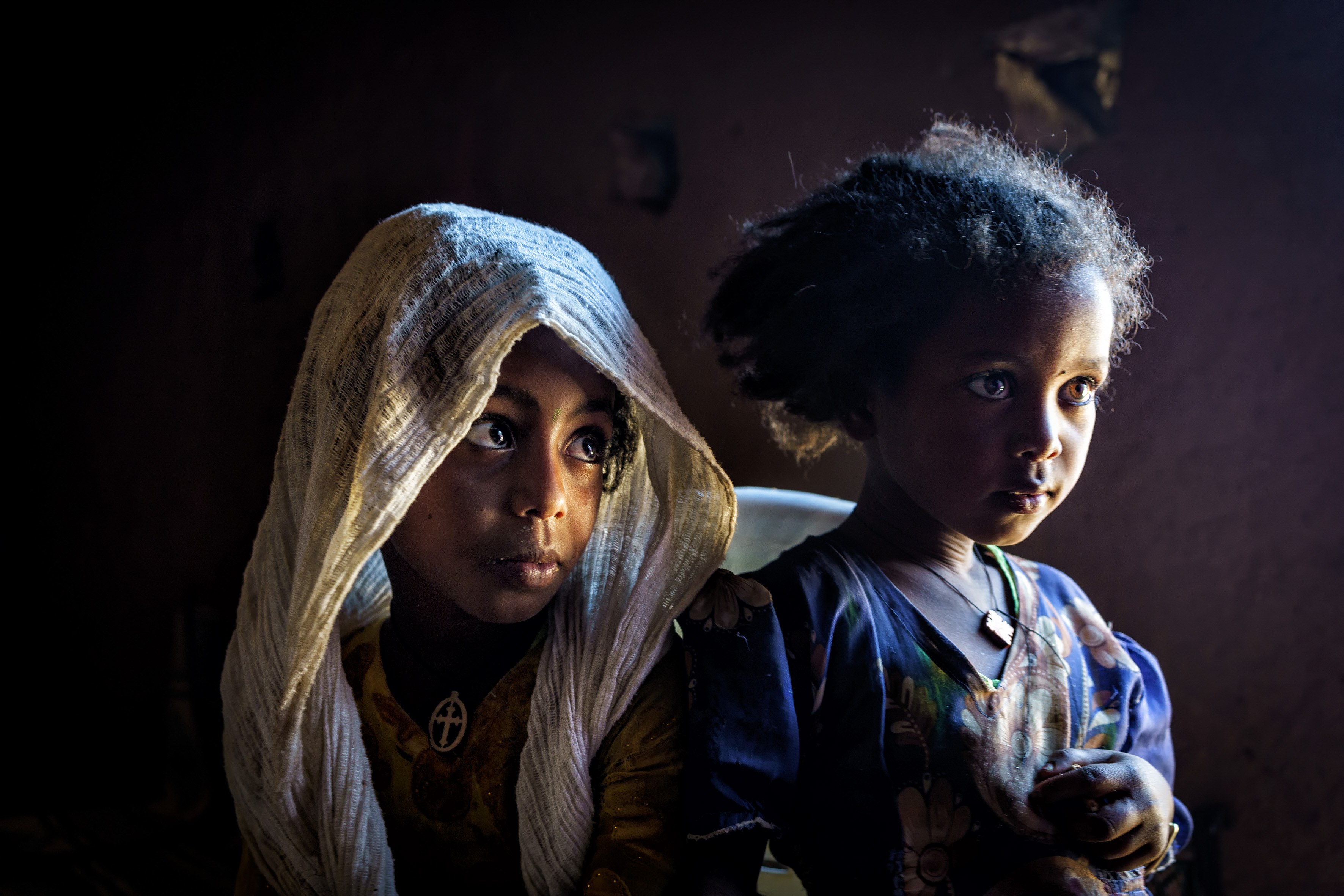
When and how did you start your photographic journey?
I started taking photographs quite young, I was thirteen or fourteen years old. My brother gave me a camera and a family friend taught me the basic settings. For a long time I only took family photographs, without any further artistic pretensions. At the end of the 80s, when I was a veterinary student in Córdoba, Spain, I saw a photographic exhibition by Sebastio Salgado and those images were so captivating to me and ignited my need to improve the quality and emotion that my photographs conveyed. Since then, photography has been part of my life, my free time and my conception of enjoyment. Precisely this year, I have fulfilled a photographic dream that has been latent for more than 40 years, to visit the cattle camps of the Mundari and capture that symbiotic and, almost mystical relationship of the Mundari shepherds with their cattle.
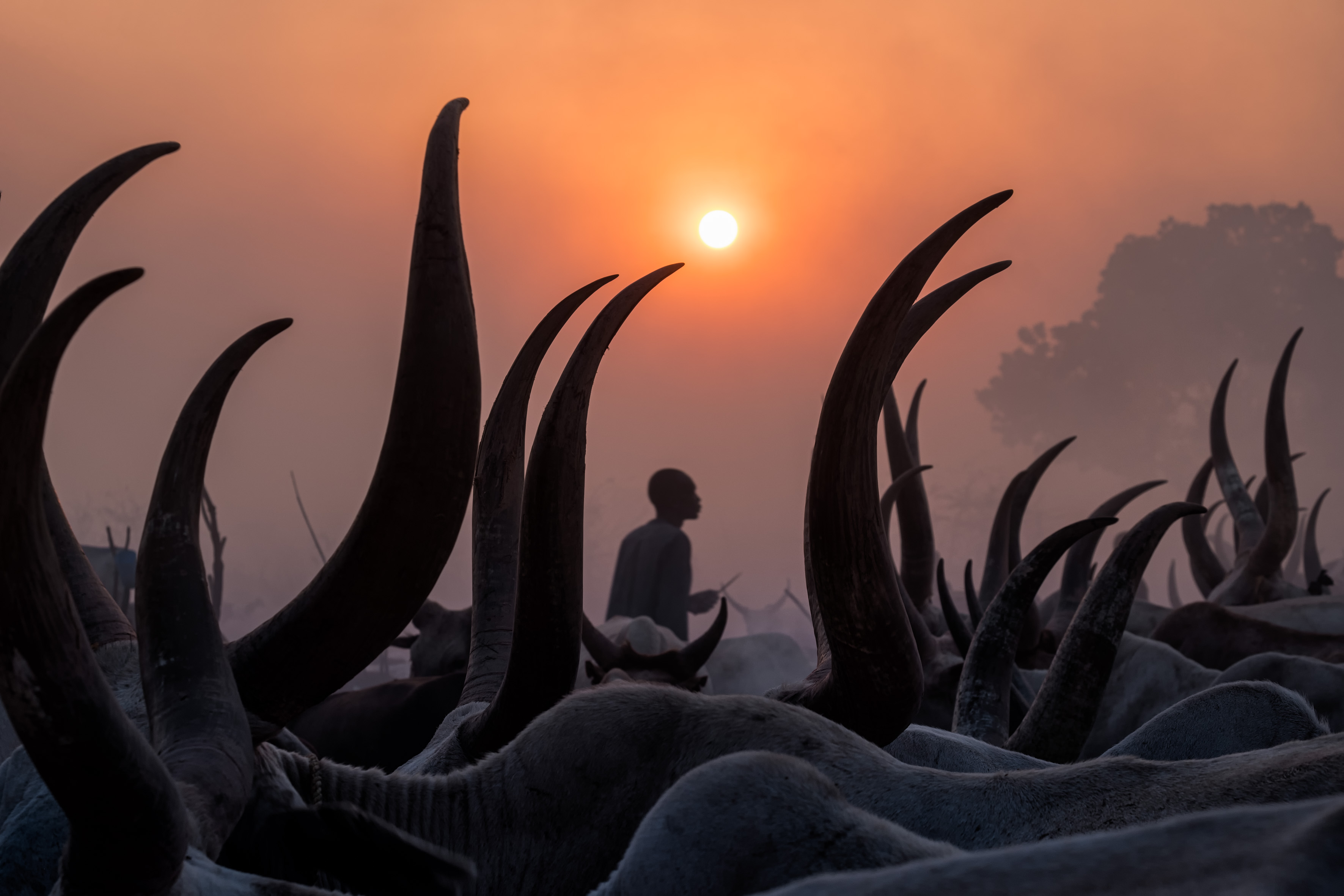
For many of us photography is either a hobby or a way of life. How would you define your relationship with photography?
I consider myself as an amateur photographer. The word amateur has a very special semantic meaning for me, we take photos for the love of photography. That does not mean that we do not feel committed to the medium and that our photographs cannot achieve professional quality. The term amateur is not related to the level of training or suitability in the activity, but rather to the motivation for which it is carried out. We must never abandon our status as an amateur or we will lose the freedom to take photographs for pure pleasure.
'Vis a vis'
What would be the most important experience so far that has influenced your steps in photography?
I can say with certainty that there were distinct moments in time which helped to define and shape my photography. These times may not have been “moments” in the context of minutes, hours, and days, but they were moments in time in the context of transformational periods.
One of the most essential starting moments in my evolution as a photographer was at the end of the 90s, when I joined the Photographic Association of Úbeda, AFU, a photographic community where I discovered space for learning, discussion and art that I found seductive. Here, I met excellent and generous photographers who helped me develop and improve my photography skills.
One of the most important experiences was being awarded at the Sony World Photography Awards 2018, being the absolute winner of Travel Photographer of the Year 2019 and achieving second place for portfolio in the HIPA 2021 contest. These contests represented crossroads to me where my career professionally changed in a fundamental and notable way.
Describe your overall photographic vision.
Photography has accompanied me on my journey through life for more than four decades. I use my camera as a tool that connects me more and better with the world. Photography is the only means of expression that forever fixes a precise and fleeting moment. Pressing the shutter is not a merely mechanical act, you are also touching your inner self, your perception of the subjects and your conception of what surrounds you, and that is why your photos are as personal as your DNA.
I am passionate about telling stories and taking advantage of the narrative power of photography to express my feelings about the place. When words elude us or appear imprecise, our photographs become the most universal and nuanced language to talk about emotions. Travel photography and photo essays are the common link that unites my work. I don't take photographs for others, but for myself, for the pure pleasure of photographing. If I also manage to suggest a sensation and/or emotion to the people watching them, the satisfaction multiplies. It is stimulating to search for the voice of the other, the one who reinterprets your image, but without forgetting our amateur spirit and the intimate and personal relationship that our photographs give us for our own enjoyment.
'Al otro lado del burka'
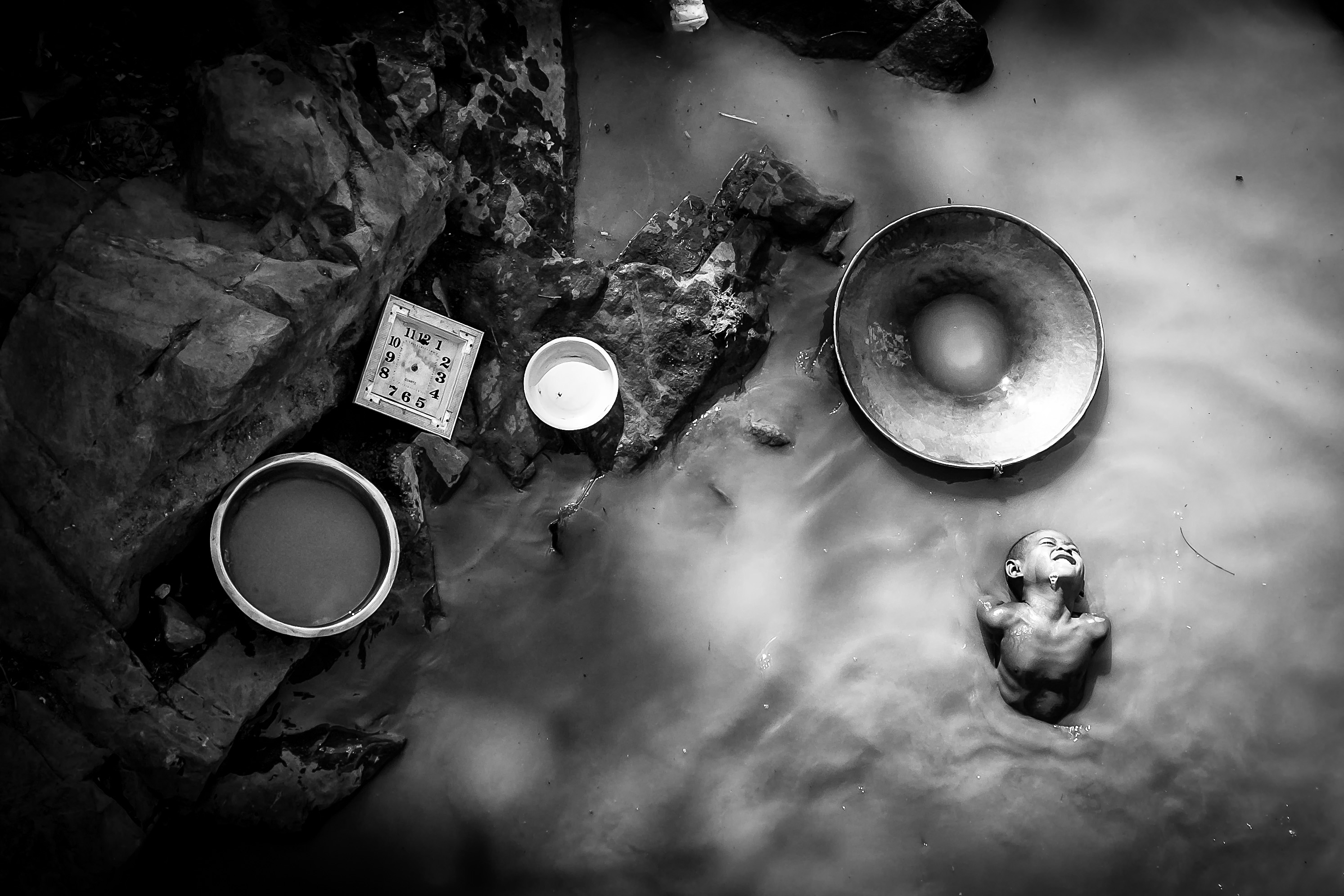
Your documentary images are excellent! What is your secret and why are you so drawn by this photography type?
We all tend to fall in love with a part of photography that we are attracted to and then lead our way. I think my photography tends to be a reflection of me as a person and of the particular mood I’m in whilst taking pictures. Being objective in photography, as in many other art forms, but photography especially is close to the impossible and there will always be a touch of my personality. The truth is that I just do what I enjoy doing. I like to tell stories through a cohesive set of images. A photo essay is a powerful form of visual storytelling. Humans are tremendously visual beings, we are biologically programmed to perceive the world through images. We write less and less and use more images to communicate because we retain and process an image much better than text. Giving a sense of stories to our photographs will make them more attractive and more empathetic; and will make them a more efficient means of expressing our vision of the place. A single image can be an emotional concentrate that captures a moment of tension, inspiration or emotion, but to tell a story in more depth, we need to create a visual structure through a set of cohesive images, which is a feature film of your favourite series.
What are the main features of a successful travel / documentary photographer in your opinion?
Passion, curiosity and hard work. When you’re passionate about what you do, it will always shine through in your work. I need to be very passionate about my photography because it’s going to provide me with the motivation to work hard to get the shots I want. I need to find what I love the most and work hard on it. I must commit to continuous self-improvement (both creatively and technically).
Garry Winogrand claimed, “I photograph to find out what something will look like photographed.”
Curiosity is the main motivation to go out and discover what the world around me really looks like. Travel photography has taught me to enjoy the game of seeing, feeling and photographing and it has given me the perfect excuse to discover places, people and stories that I would never have dared to explore without a camera in my hands. It is as if photography empowers me and helps me to interact with the vitality of life.
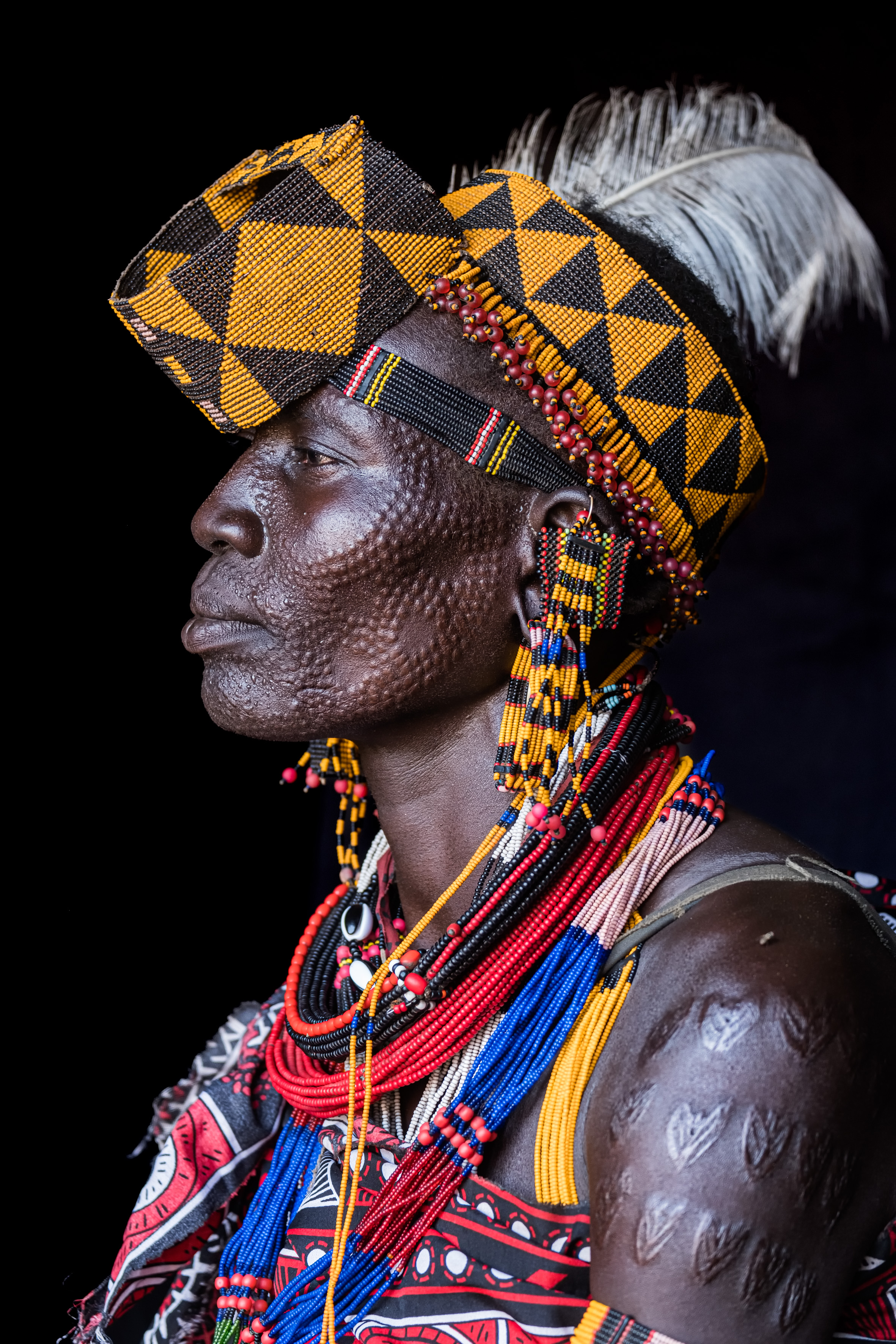
Can you please tell us something more about your workflow from the idea to the final product?
I look for ideas on topics that matter to me, what moves me, or to which I feel committed. Only in this way I can transmit an idea, a feeling or capture the force that emanates from the stories and, above all, dedicate the time, effort and involvement that is required to get to the heart of what we want to tell.
Next, I do research in order to find out as much as I can about my photo story. The purpose is to obtain information and inspiration. I make a list of ideas and shots. Surely, much of what was planned will not be fulfilled, but at least I have an organized principle and I will always be able to adapt to the surprises or unforeseen events that reality offers me.
A photo essay is not an excuse to put together all the images I have. I will need to create a visual structure that transforms a group of images into a narrative. To build a narrative arc, usually requires taking different types of photographs which have a beginning, a middle and an end. That’s a very simplistic way to express it, but photographically, including some introductory or contextualizing shots before you get into the heart of the subject matter is a good approach.
Curate the images: In the process of creating my photo essay, I often take hundreds of images. Editing is the backbone that gives meaning to the work. I look for synergistic action between the individual photographs so that the whole is not the sum but something much more powerful. Carefully, I select the photographs that best represent my theme and arrange them logically to create a coherent and engaging narrative (most of the time, I ask for advice and input from somebody I trust).
The flow of the images should guide the viewer through my perspective. Each photograph should contribute to the overall theme of the story and maintain visual (cohesive style) and technical consistency throughout.
Finally, I include captions or short text descriptions to give the viewer a better understanding of the story being told.
'Entre dunas'
Where do you look to find inspiration for the visual stories you want to convey? What inspires you?
I can be inspired by many things before clicking the shutter on a scene or subject to capture a moment in time. It could be the light falling on a scene or the look in someone’s eyes. I seem to be more fixated on and inspired by light and how it hits and changes the mood of a subject. In my travel photography, I get to capture moments of humanity and preserve them in time. Fleeting moments and faces that will be lost for eternity. Creating a photograph that evokes a feeling, emotion, or a response from a viewer is what drives and inspires me. The world is full of stories to tell. Inspiration is all around us. One of the best ways I know to educate the gaze is to watch at many photographs, to take many photos, and to live. The shelves in my house are full of photography books by authors whose photographs move me. I admire their works, I analyse and learn from them and I ask myself many questions. Why do these photographs move me? Why do they evoke or suggest me if I don't even understand what I'm seeing? Why did they choose that light and that particular frame? What resources are they using to mobilize my emotion?
'La tejedora de sedas'
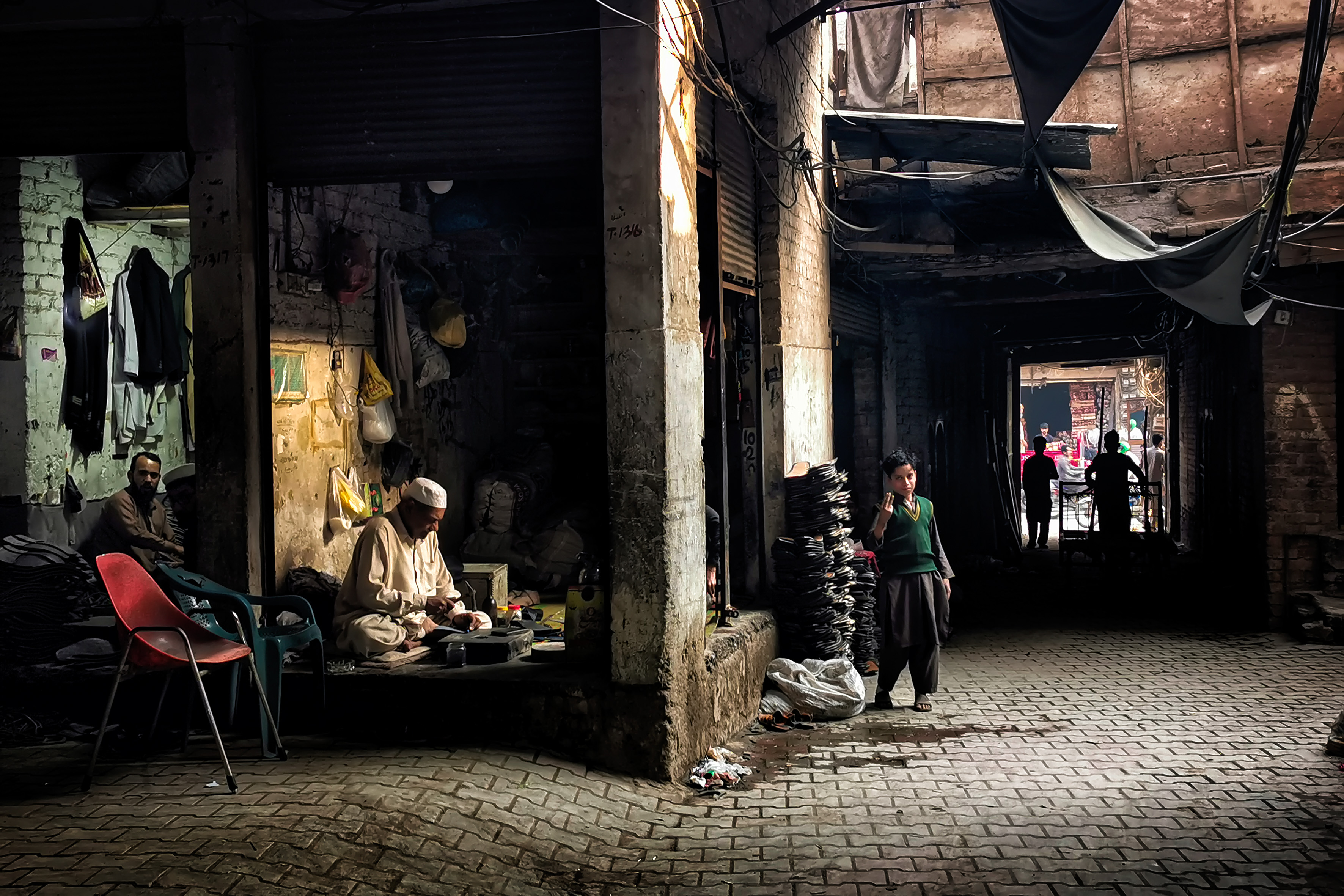
Many are of the opinion that the gear is not very important when the passion for photography is strong. However, can you please share with us what gear you use (camera, lenses, lighting, tripod, etc.)?
The best images in history were taken with lower quality equipment than most of us own. A better camera will not make us better photographers. The camera is the tool to experience the world, but the heart that beats behind it is its most valuable piece. That said, it is true that we must be comfortable with the camera we choose. Personally I like a light and compact device that goes unnoticed and that I can transport comfortably. Travelling means spending many hours paving the roads, exposed to adverse weather conditions. If we add to this, heavy and uncomfortable equipment, we will end up, on many occasions, not taking out that wonderful camera. Precisely due to weight and volume, fujifilm mirror-less cameras with interchangeable lenses are my current option. At this moment, I have two bodies, the fujifilm xt5 and the HX2. With these cameras I have found the balance between quality, ergonomics, aesthetics and versatility at a reasonable price that suits my budget. As for lenses, I usually use a zoom lens (24-105 mm equivalent), a very versatile zoom for travel, and a prime lens (85mm equivalent) for portraits. My photography backpack is becoming more and more minimalist and I hardly use a flash or tripod.
'Alma de baobad'
What would be your favourite photo? Please tell us the story behind it.
I don't have a favourite photograph. Perhaps, I have photographs which mean a lot to me. One of them is the one titled: 'The elf of the jungle'.
Every story has a starting point and this came to light when the jungle elf appeared. Her tiny, graceful figure was perceived as a slight accent of colour in the magical setting of a fading world. I needed to tell a story of resilience and fragility and that Baka girl seemed like a little elf who was claiming her right to grow up in her natural habitat and in her ancestral culture. Her tiny body caressed the majesty of one of her coveted trees, invoking Edjengui, the protective spirit of the jungle. They tell you, but you can't quite imagine the magnitude of the catastrophe until you come across countless trailers loaded with gigantic moabi trunks. A green haemorrhage runs through the land of the Baka pygmies in the jungles of Cameroon. A dying planet that is determined to bleed to death, while a handful of international corporations and corrupt powers enrich themselves.
The Bakas are guardians of unique empirical knowledge for survival in the natural environment that would make any talented Harvard brain languish. However, their lifestyle has been drastically disrupted by massive deforestation, sedentary policies and the preservation of protected areas.
Who are your favourite photographers or mentors whose works have influenced you and your photography?
Photography as an artistic discipline is a cultured medium, and as such, I consider it essential to learn from the masters to educate our gaze and to be better photographers. They are many influential, innovative photographers who have left a huge mark and who have an immense portfolio that makes them visual references. Some photographers who have guided my gaze: Cartier-Bresson, Steve McCurry, Cristina García Rodero, Tino Soriano, Eugene Smith, Fan Ho, Sebastiao Salgado, André Kertész, Timothy Allen, Koudelka, Fan Ho, Alex Webb, Flor Garduño...
'de tu ventana a la mia'
Now, since we have almost reached the end of this interview, I would kindly ask you to share with us your plans or photographic projects you would like to be involved in.
My main objective is to continue enjoying the pleasure of seeing, feeling and photographing. Searching for that state of harmony where we are able to translate in a click what your mind thinks and your heart feels. There are lines of work that I would like to continue, such as those related to my photo essay transhumance, probably expanding the project in other countries. I, probably, collaborate with a photography travel agency and I will hold several exhibitions.
'Belleza en ebano'
And especially exciting is continuing to promote my book, the journey of the gaze, in which I share my photographic vision to give meaning to all the experiences, teachings and reflections accumulated during more than four decades of travel and photography. Writing is a pretext to document and learn, a long journey in the profession of the eternal apprentice. In these pages I collect the result of my own journey as a photographer.
'Alma vegetal'
'Hielo Azul'
Web: www.katygomez.es
Facebook: https://www.facebook.com/katy.gomezlopez.7
Instragram: instagram.com/katygomezcatalina
 | Write |
 | Lou Urlings PRO Every capture in this portfolio is a gem, superb travel photography ! |
 | Gabriela Pantu PRO Such an exquisite body of work, dear Katy, and an amazing artistic journey.Congratulations and thank you for sharing!Thank you Yvette for another wonderful inspiring article!<3<3 |
 | jordiegeatorrent PRO La teva manera de veure el món es transmet a través de belles imatges que transporten i emocionen l'espectador. Gràcies Yvette per compartir una excel·lent selecció i interessant entrevista. |
 | Pang Teng Lin PRO fantastic capture. Congrats. Thanks for sharing. |
 | Jane Lyons CREW Thank you for sharing your photography and your inspiration, Katy. Your eye is extraordinary and each of these photographs is memorable. Thank you Yvette. |
 | Miro Susta CREW Hallo Katy, you have beautifil photographs n your gallery, making me jealous, accept my sincere congratulations and as your new follower, also many thanks to Yvette for excellent selection and interesting interview. |
 | Thierry Dufour PRO Superb interview, wonderful images. Thank very much Yvette. Congrats Katy !!! |
 | Santiago Pascual Buye PRO Enhorabuena Katy. Un artículo estupendo. Te estás haciendo un catálogo digno de los más grandes. Tus fotografías siempre tienen alma. Un fuerte abrazo |
 | Pedro Uranga PRO Thanks to Ybette for bringing us the interview of this great photographer. Excellent portfolio. Congratulations Katy |
 | Pedro Uranga PRO Thanks to Ibette for bringing us the interview of this great photographer. Excellent portfolio. Congratulations Katy. |
 | Pedro Uranga PRO |
 | txules PRO Tremendo portfolio; enhorabuena |
 | joanaduenas PRO Magnifica colección, me encanta Kati!! Thanks Ivette for this fenomenal article!! |
 | Jeffrey C. Sink PRO Your work is amazing but separates you from all of us, is your eye which allows you to capture emotive images that are beautiful and tell a story. |
 | Izabella Végh PRO Bellissimo articolo, con fotografie stupende. Congratulazioni!!!! |
 | Anita Singh PRO Mind blowing images, totally capture the essence , congratulations Katy |
 | jordiegeatorrent PRO Excel·lents imatges. Felicitats. |
 | Jorge Ruiz Dueso PRO Ole, ole y ole por Katy!!!!! Enhorabuena.
|